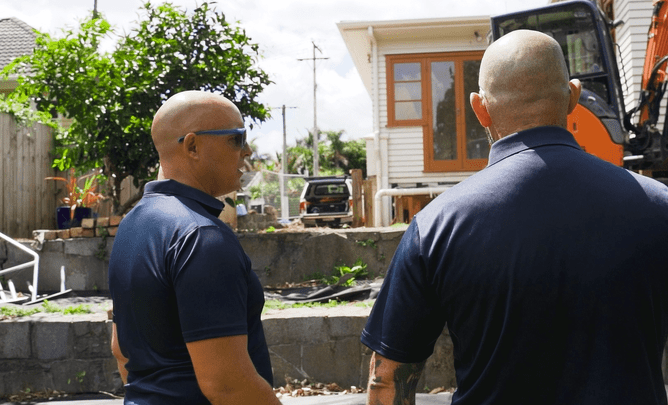How to Spot a Problem Property Before You Buy with PACE
Dreaming of a bargain home that’s all charm and no chaos? Hold that thought! Buying a property without checking for hidden gremlins like leaky cladding, non-compliance, or structural skeletons, can turn your dream into a money-munching nightmare. At PACE, with over 30 years of hands-on experience and a Licensed Building Practitioner (LBP) leading the way, we’ve seen it all. Our pre-purchase scoping service is like a property detective, sniffing out issues before you sign. Here’s how to spot a problem property before it traps you, plus how PACE can keep your investment on solid ground.
Why Problem Properties Are Sneaky
Kiwi homes, especially older ones or those built in the ‘80s and ‘90s, can hide costly surprises. Leaky homes with plaster cladding, missing Code Compliance Certificates (CCC), or structural woes can look like steals but cost a fortune to fix. Without a trained eye, you might buy a “deal” that’s more like a deal-breaker. Let’s break down the red flags to watch for, and how PACE’s scoping saves the day.
1. Check for Leaky Home Clues
If a home was built between the late ‘80s and early ‘00s with plaster-style monolithic cladding, it might be a leaky home in disguise. These properties can harbour water damage, mold, and rot behind their pretty facades.
Red Flags:
Stains or bubbling paint on walls
Musty smells or damp spots
Cracks in exterior cladding
A PACE scope digs deeper than a quick sniff test. We check for water ingress and assess repair costs, so you know if that “cozy” property is truly a watertight win, or in reality a soggy loss!
2. Ask About Code Compliance
No CCC? Potentially a big problem. A missing Code Compliance Certificate means the home doesn’t meet council standards, which can block sales or renovations later. Older homes or those with un-permitted additions are prime culprits.
Red Flags:
Seller dodges questions about permits
Renovations look DIY or unprofessional
No council records for recent work
PACE’s LBP-led team reviews compliance history and flags issues, estimating costs to get the property up to code. Don’t let red tape trip you up, let us check it first!
3. Eyeball Structural Integrity
Structural issues are like icebergs - what you see is just the tip. Cracks, uneven floors, or sagging roofs can signal big-ticket repairs.
Red Flags:
Visible cracks in walls or foundations
Doors or windows that stick
Sloping floors or bouncy decks
Our scoping goes beyond surface checks, assessing foundations, framing, and more. We once saved a client from a “charming” bungalow with a crumbling foundation, talk about a budget saver! Get a PACE scope to keep your investment rock-solid.
4. Budget for Hidden Costs
Problem properties love springing surprises - think faulty wiring, plumbing leaks, or pest damage. Without a buffer, these can blow your budget faster than a kid in a candy store.
Red Flags:
Outdated electrical or plumbing systems
Signs of pest damage (holes, droppings)
Seller rushes you to skip inspections
PACE’s scoping estimates remedial costs, so you know exactly what you’re signing up for. We help you plan a 10-20% buffer to handle surprises without derailing your dreams.
5. Trust Hands-On Experts
Real estate agents might sing a home’s praises, but they’re not builders. For the real scoop, you need pros with dirt under their nails. PACE’s 30+ years of experience and LBP oversight mean we spot issues others miss, and we explain them in plain, witty Kiwi style english.
Whether it’s a leaky home, non-compliant reno, or structural scare, we’ll guide you with practical advice. Don’t gamble on a property - reach out to PACE for a scope that keeps your investment safe.
Don’t Buy Blind - Get PACE on Your Side
A problem property doesn’t have to be a deal-breaker, but going in blind is a recipe for regret. PACE’s pre-purchase scoping spots issues, estimates costs, and keeps your budget on track.
Ready to buy smart?
Email us at info@propertyadvice.co.nz or follow us on socials for more property tips.

